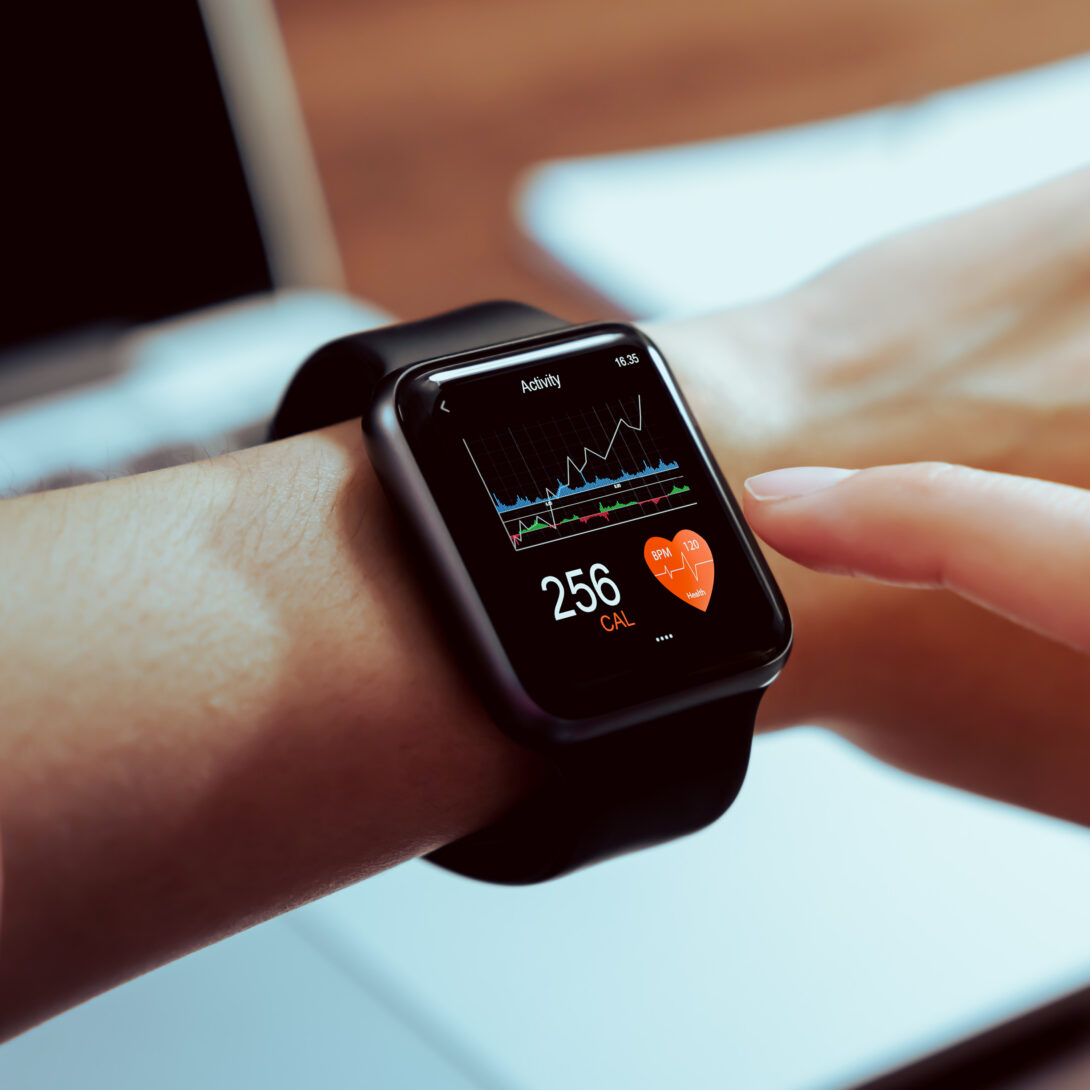The importance of data analytics in health informatics
Learn about the power of harnessing data in the field of health informatics to cultivate insights and spur innovations.
The importance of data analytics in health informatics Heading link

In recent years, the explosive growth of health data has raised a crucial question: How can healthcare professionals efficiently extract meaningful insights from such large, diverse datasets? Health data can offer immense potential for enhancing healthcare delivery, outcomes, and medical research. This emphasizes the importance of integrating data analytics methodologies within the realm of health informatics.
Utilizing health data in health informatics
Health informatics, which is the intersection of healthcare, information technology, and data science, harnesses data analytics to innovate and cultivate insights within the healthcare sector. Electronic health records (EHRs) are repositories for the vast amounts of health data that facilitate patient care and informed decision-making.
According to a study by the Office of the National Coordinator for Health Information Technology, nearly 9 in 10 (88%) of U.S. office-based physicians have adopted electronic health records (EHR). Although the adoption of EHR has nearly doubled since 2008, University of Illinois Chicago’s Associate Vice Chancellor for Research and Chief Research Information Officer Andy Boyd, MD, thinks these systems still need improvement.
“These [EHR] systems are not intuitive and it’s the number one leading cause of burnout for physicians or nurses,” said Dr. Boyd. “How can we decrease the burden and what are the novel ways going forward? How can we transform healthcare for the betterment of the world at a speed and scale that was unimaginable even 20 years ago?”
Today’s health informaticians must be prepared to use data analytics to find solutions to healthcare challenges. A 2023 report revealed that fewer than 60% of healthcare organizations utilize their data for informed decision-making. However, the healthcare industry generates 30% of the world’s data volume.
Sanket Shah is a Clinical Assistant Professor for the University of Illinois Chicago’s online Master of Science in Health Informatics (MSHI) program. Currently working as a Vice President of Account Management and Customer Success for Blue Health Intelligence, he leverages one of the world’s largest healthcare datasets.
“Improving patient lives is the ultimate end goal,” said Shah. “Using data and analytics to support this objective is a passion of mine, and I know many of my peers in the industry would agree.”
Four phases of data analytics
Shah believes data analytics within health informatics can be outlined into four distinct phases. Understanding these phases is vital for health informatics professionals as it enables them to optimize processes, guarantee data quality, mitigate risks, and foster innovation within the healthcare industry.
These four phases form a comprehensive framework for extracting value from healthcare data:
Descriptive Analytics: This initial phase revolves around comprehending prevailing trends within healthcare data. Healthcare professionals can analyze historical data to identify patterns, and trends.
Diagnostic Analytics: Building upon descriptive analytics, diagnostic analytics seeks to uncover the underlying reasons behind observed trends and patterns. This phase involves deeper exploration and analysis to discern the root causes of specific healthcare outcomes or issues.
Predictive Analytics: Utilizing advanced statistical techniques and machine learning algorithms, predictive analytics aims to forecast future scenarios based on historical data patterns. By leveraging large datasets, predictive analytics can anticipate potential healthcare trends, outcomes, and events.
Prescriptive Analytics: This last phase focuses on determining actionable steps based on insights gleaned from data analysis. This phase goes beyond predicting future outcomes by recommending the best course of action to empower healthcare professionals to make informed decisions.
Emerging trends in utilizing health data
In ensuring resilience within the healthcare sector, both adaptation and innovation are important. Healthcare professionals should stay on top of emerging trends especially when it comes to utilizing health data. Surprisingly, only 30% of U.S. healthcare provider executives prioritize the adoption of artificial intelligence for clinical decision analytical tools, as revealed by a recent survey.
Below are some trends to keep an eye on:
- Artificial Intelligence (AI) and Machine Learning (ML): AI and ML algorithms are revolutionizing health informatics by allowing professionals to analyze complex datasets quickly and accurately. These technologies drive predictive analytics for personalized medicine and disease prediction.
- Telehealth and Remote Monitoring: These methods use technology to connect patients and healthcare providers for virtual consultations and monitor patients’ health remotely.
- Real-Time Data Analytics: The rise of connected health devices and IoT technology emphasizes real-time data analytics. This approach helps healthcare providers monitor vital signs and intervene promptly.
- Data Interoperability and Integration: Overcoming data silos remains crucial in health informatics. Future trends focus on standardizing data formats, APIs, and interoperability frameworks to enable seamless exchange between EHRs, medical devices, and other systems.
- Blockchain Technology: Blockchain promises to enhance data security, integrity, and interoperability in health informatics. Its decentralized platform ensures secure sharing of patient health records and supports patient-controlled data access.
Education in Health Informatics
Integrating data analytics within health informatics has reshaped healthcare delivery and decision-making. UIC’s online MSHI degree prepares students to become leaders in digital health and data science. Graduate students can choose from three concentrations, Health Data Science, Consumer and Mobile Health, and Leadership. This 100% online asynchronous program can be completed in 30 months.
The MSHI curriculum allows students to develop knowledge and skills in data collection, extraction, manipulation, network architecture, data analysis and visualization, and more. Students will work with data analytics in a variety of MSHI courses, such as BHIS 541: Healthcare Data Analytics, BHIS 542: Artificial Intelligence, and BHIS 561: Programming for Health Analytics.
Take the next step in your career and talk to an enrollment specialist to learn about UIC’s online MSHI program.